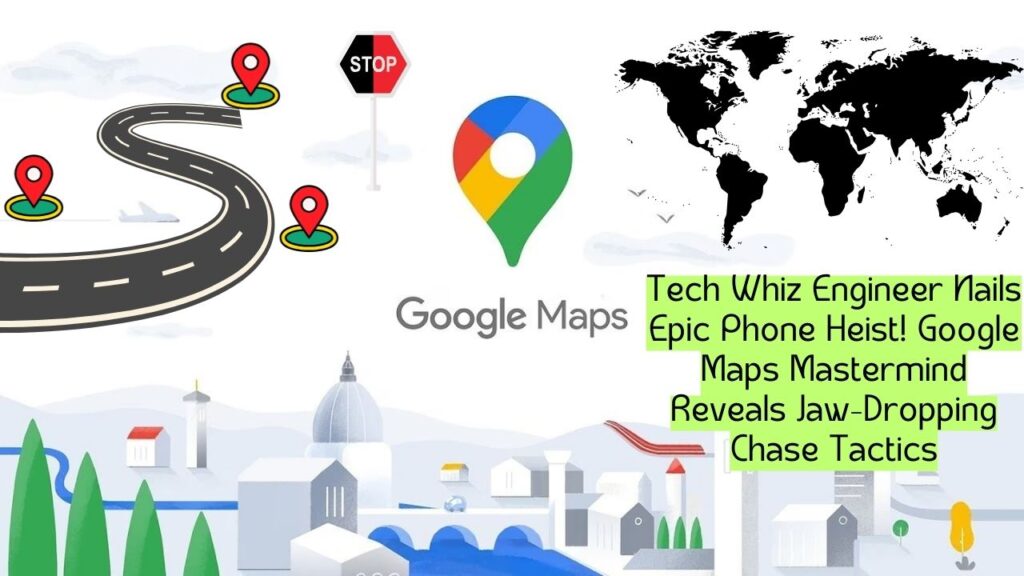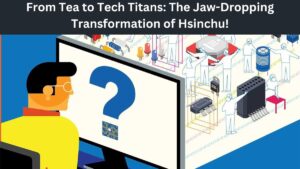
In the bustling narrative of modern life, where technology intertwines seamlessly with our daily activities, one man’s ingenious use of Google Maps transcended the ordinary. Raj Bhagat, a civil engineer hailing from Tamil Nadu, found himself thrust into an unexpected role—a real-life detective—when his father’s belongings were snatched during a train journey. What unfolded was a tale of quick thinking, community collaboration, and the convergence of technology and human determination.
The incident occurred on the Nagercoil-Kacheguda Express, where Bhagat’s father became a victim of a fellow passenger’s thievery upon reaching Tirunelveli Junction. The stolen loot included a bag and a mobile phone, possessions that held not just material value but also sentimental significance. The sheer audacity of the thief, who swiftly deboarded the train, left Bhagat’s father in a state of shock and prompted immediate action.
The turning point came when Bhagat’s father, resourcefully using a friend’s phone, reached out to him for assistance. Little did the thief know that the very device he had pilfered contained a crucial tool for his eventual downfall—the location-sharing feature. Bhagat swiftly employed Google Maps, leveraging the GPS data from his father’s phone to track the perpetrator’s movements. The digital pursuit revealed a trajectory heading back to Nagercoil, setting the stage for a dramatic chase.
Armed with determination, Bhagat, accompanied by his friend Babi and supported by railway police, embarked on a mission to reclaim the stolen items. Navigating the crowded Nagercoil station posed its own set of challenges, but the trio persevered in their search for a suspect carrying a black bag adorned with a Center of Indian Trade Unions (CITU) logo—an invaluable clue, given Bhagat’s father’s union membership.
The initial evasion tactics employed by the thief were no match for the relentless pursuit fueled by technology. Continuous monitoring on Google Maps played a pivotal role in narrowing down the location of the perpetrator. The dynamic map interface became a real-time guide, allowing Bhagat and his team to stay hot on the trail, inching closer to the elusive thief.
The pursuit took an adrenaline-fueled turn as Bhagat and his friend hopped on bikes, closing in on the pinpointed location. In a twist of fate, they found themselves a mere two meters away from the thief, whose identity was unmistakably confirmed by the distinctive CITU logo on the bag. The culmination of the digital pursuit and the physical chase unfolded at a bus stand, where Bhagat, Babi, and a group of bystanders confronted the bewildered thief.
The ensuing confrontation was a testament to the power of community involvement and the seamless collaboration between technology and human instinct. With the assistance of vigilant onlookers, Bhagat and his friend successfully retrieved the stolen phone and bag, reclaiming not only personal belongings but also a sense of justice.
The narrative took an unexpected turn when the captured thief was handed over to the police. The subsequent investigation uncovered a stash of additional stolen items, including a cell phone charger, Bluetooth earphones, train chains, and Rs 1,000 in cash. The recovery went beyond a singular act of justice; it became a collective effort to reclaim a piece of the community’s security.
Reflecting on the swift resolution, Bhagat expressed gratitude for the harmonious interplay between technology, community involvement, and law enforcement. The success of the operation was not solely attributed to one factor but rather a serendipitous alignment of circumstances. Bhagat acknowledged his fortune that the thief hadn’t turned off the phone, that the route passed through Nagercoil—his familiar terrain—and that his knowledge of maps played a crucial role in the recovery.
As the story unfolded on social media, Bhagat’s account garnered attention and praise for his quick thinking and resourcefulness. The tale became more than just a personal victory; it became an inspiring testament to the potential of leveraging technology for justice. Bhagat’s journey from a concerned son to a digital detective showcased the transformative power of everyday tools when wielded with intent and purpose.
In a world inundated with stories of technology’s dual nature—enabling both innovation and exploitation—this narrative stood out as a beacon of how individuals can reclaim agency in the face of adversity. The click of a few buttons on a digital map turned a potential tragedy into a triumph, unraveling a sequence of events that captivated the imagination of those who followed the story.
In the grand tapestry of human experiences, Raj Bhagat’s saga serves as a reminder that, at its core, technology is a tool—an extension of human capability. The real magic happens when this tool is wielded with empathy, ingenuity, and a sense of communal responsibility. Bhagat’s adventure wasn’t just a victory over a thief; it was a victory over the uncertainties that life throws our way and a celebration of the fortitude that arises when technology and humanity converge.
As this extraordinary tale unfolded, it left an indelible mark on the collective consciousness—an enduring reminder that, in the vast landscape of possibilities, sometimes all it takes is a determined individual armed with a smartphone and a map to rewrite the narrative of justice.






